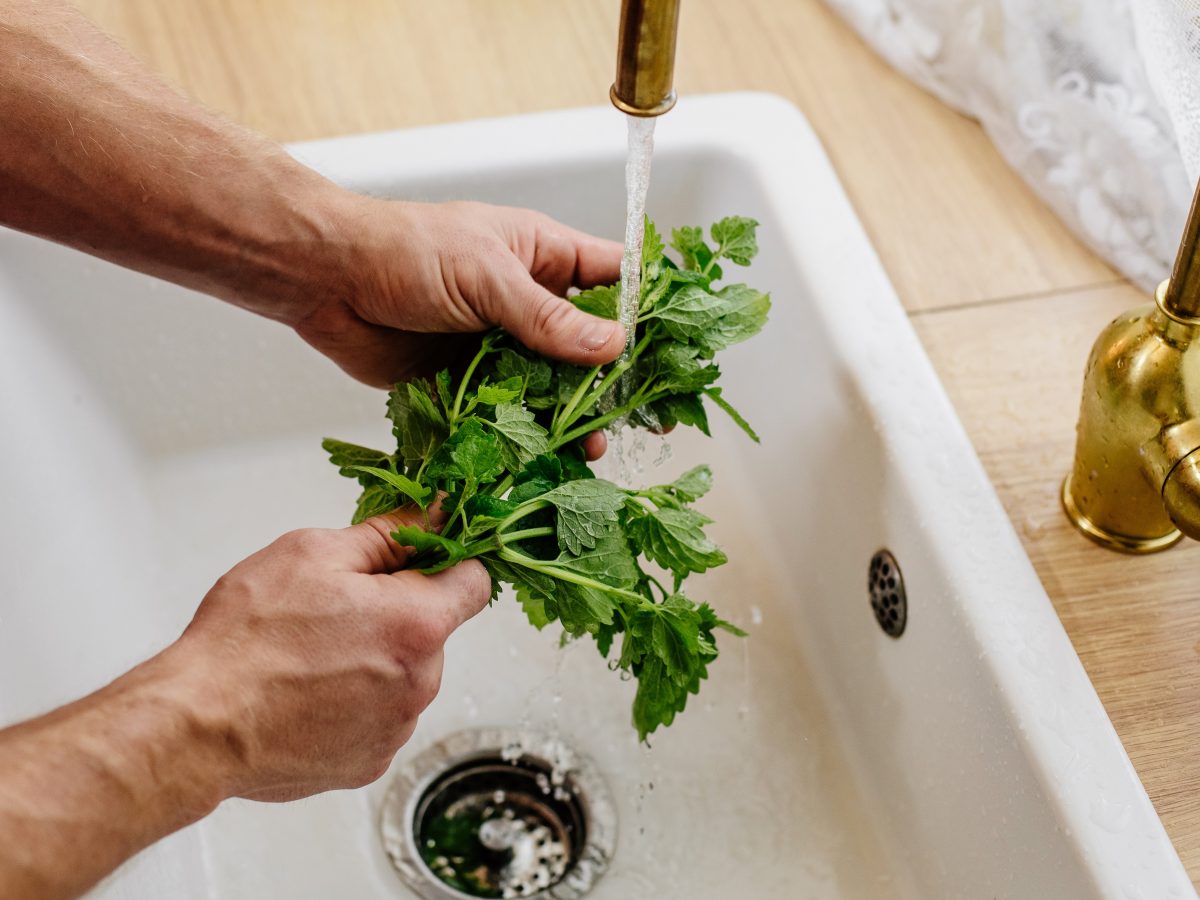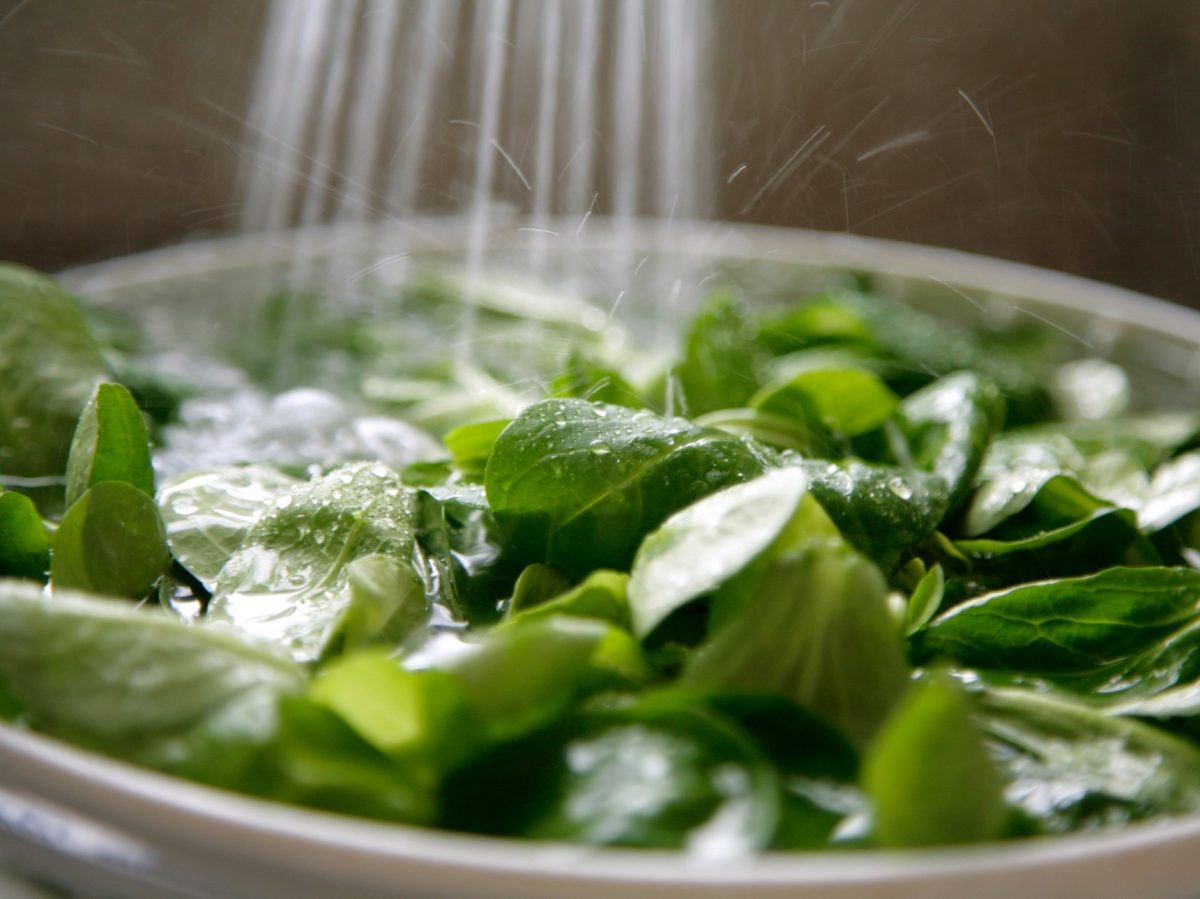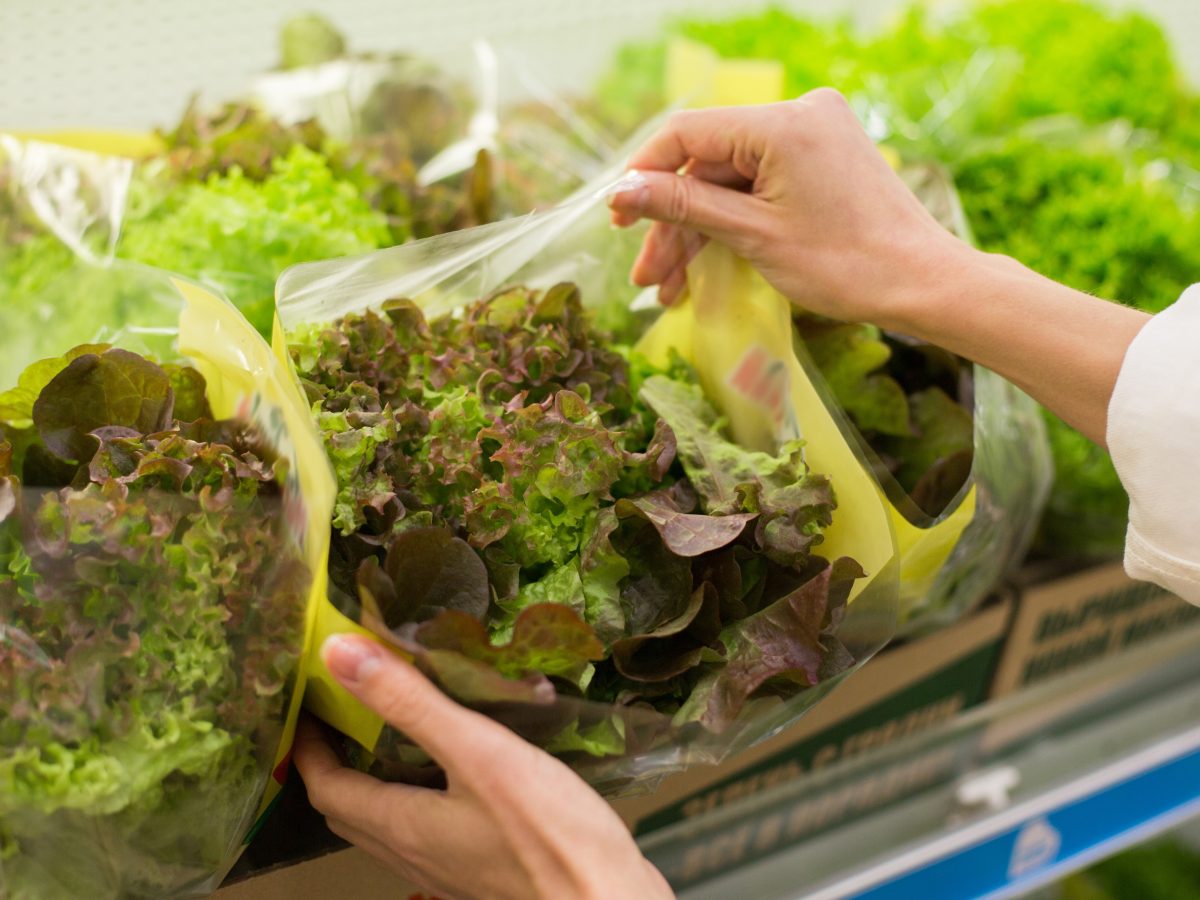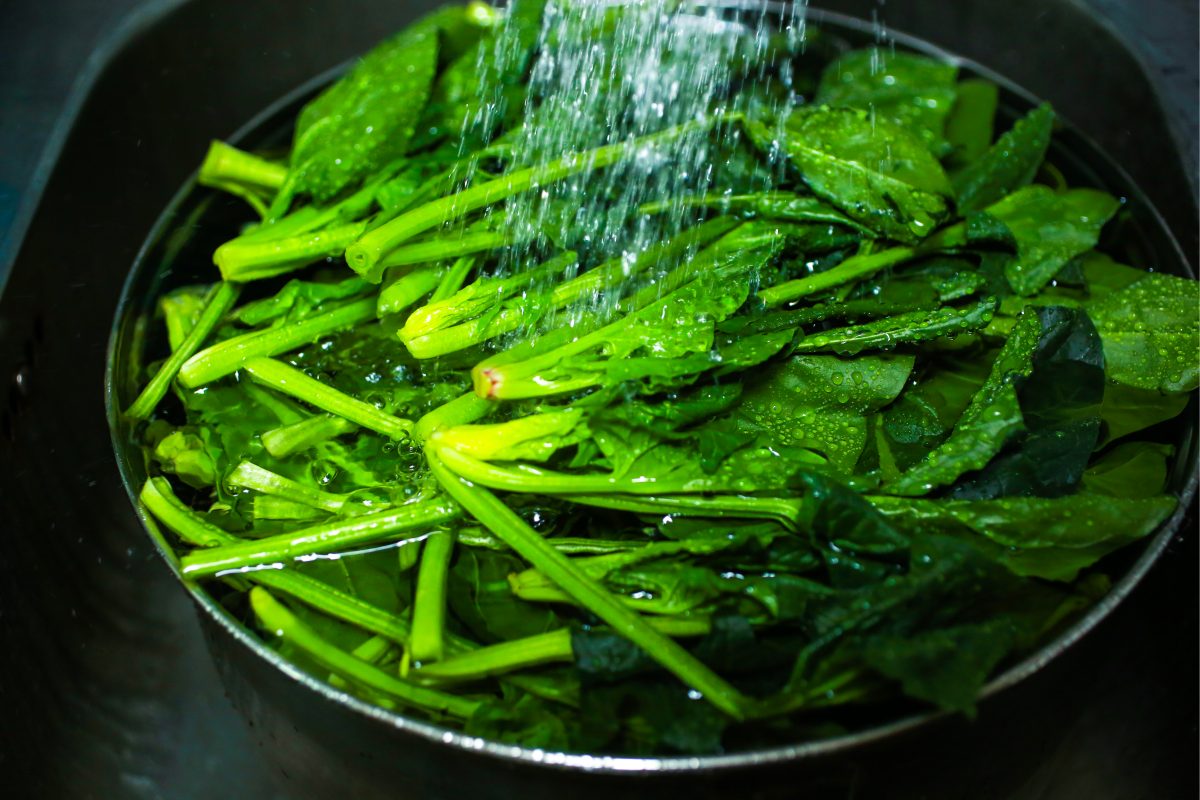A number of studies have linked consumption of raw salad vegetables and leafy greens with better health. Moreover, many people trying to lose weight eat these vegetables as a way to ensure that they meet their nutritional needs while lowering their caloric intake.
However, leafy greens and salad vegetables are easily contaminated with harmful bacteria. This can occur at any point on the path from growing facility to plate: during crop growth, harvest, preparation and retail.
Cooking produce reduces its microbial load. But as salad and leafy-green vegetables are typically eaten raw, microbes – good and bad – remain. Hence washing, by supplier and consumer, is key to safety in these foods.
Eating microbe-contaminated salad or leafy greens can cause food poisoning. To vulnerable members of the populationm this can be fatal.
Moreover, outbreaks of food poisoning necessitate large-scale disposal of contaminated produce. This typically results in substantial loss of income and reputational damage to producers and retailers. It also means significant food loss and waste.

The solution: microscopic ‘scrubbing’ machines
Timothy Leighton, a professor at the University of Southampton, recently developed a novel technology he refers to as ‘acoustic’ or ‘ultrasonic’ cleaning. The technology involves using a gentle stream of water infused with microscopic air bubbles and sound to rinse the leaves of delicate fresh produce such as leafy and salad greens.
Prof. Leighton explains the technology thus:
“Our streams of water carry microscopic bubbles and acoustic waves down to the leaf. There the sound field sets up echoes at the surface of the leaves, and within the leaf crevices, that attract the bubbles towards the leaf and into the crevices. The sound field also causes the walls of the bubbles to ripple very quickly, turning them into microscopic ‘scrubbing’ machines. The rippling bubble wall causes strong currents to move in the water around the bubble, and sweep the microbes off the leaf. The bacteria, biofilms, and the bubbles themselves, are then rinsed off the leaf, leaving it clean and free of residues.”
In a recent trial of the technology, Prof. Leighton and a team of UK scientists used the new technology to clean field-grown spinach immediately post-harvest. As a control, they also rinsed spinach leaves in plain water at the same velocity.

The findings
Prof. Leighton and his team found that this method was more effective than the simple rinsing technique typically used by suppliers and consumers. Their results showed that the microbial load on spinach-leaf samples rinsed for two minutes with micro-air-bubble-infused acoustic water streams was significantly lower, six days post-cleaning, than the microbial load on leaves rinsed in plain water (minus sound and micro-bubbles).
Moreover, they found there was ‘no significant surface damage’ to spinach leaves cleaned using the acoustic rinsing method for two minutes (a longer cleaning time was deemed unnecessary).
The team published its findings in the journal Ultrasound in Medicine and Biology.

The implications
The UK scientists’ findings suggest that deploying Prof. Leighton’s new rinsing method could cut consumers’ risk of food poisoning from eating contaminated salad leaves significantly. This in turn lowers the likelihood of having to make costly, reputation-damaging product recalls and consumer compensation.
The results also show that acoustic cleaning effectively extends the safe shelf life of leafy and salad greens to at least six days. Typically, a high percentage of leafy-green produce is thrown away thanks to spoilage. Tonnes more are dumped from necessity after any contamination scare. Thus, deploying Prof. Leighton’s new method promises to greatly reduce food loss and waste – and associated costs to retailers and consumers.
Moreover, the findings have implications for reducing the growing threat to human health posed by anti-microbial resistance. In 2018 and 2019, fatal outbreaks of food poisoning in the US and Canada were traced to strains of E. coli found on romaine lettuce. Samples from those infected showed that these E.coli strains were resistant to antibiotics.
All things considered, it appears that potential benefits outweigh the costs of implementing ‘acoustic rinsing’ in packing rooms for salad and leafy greens.
Research partners
The research project was a collaboration between Sloan Water Technology Limited, Vitacress and the University of Southampton. The project was formed and supported by Global-NAMRIP, the Global Network for Antimicrobial Resistance and Infection Prevention.
Read the original paper
For more information, read the paper, ‘The Possibilities of Using Ultrasonically Activated Streams to Reduce the Risk of Foodborne Infection from Salad’ in Journal of Ultrasound in Medicine and Biology.
Source: Ultrasonic cleaning of salad could reduce instances of food poisoning I University of Southampton

